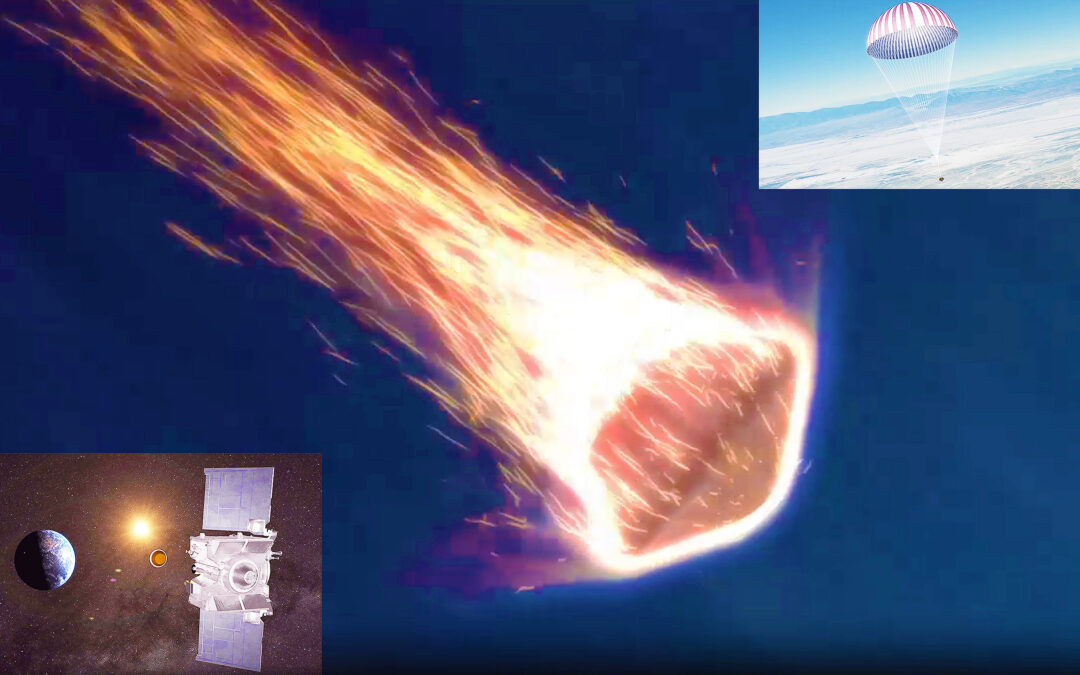NASA once paid a guy $1 billion to divert a potentially catastrophic asteroid from hitting Earth.
Bennu, with a diameter about equal to the height of the Empire State Building, is a formidable opponent.
The asteroid is made up of rocks held together by gravity.
READ MORE: Scientists Issue A Dire Warning To NASA, Stating That Its Current Plans Could “Destroy” The Moon
It is the most dangerous known ‘possibly hazardous’ asteroid, which means it is within around 4.6 million miles of Earth’s orbit.

Experts have since concluded that Bennu has a 1-in-2,700 chance of colliding with Earth between 2175 and 2199.
So, while there’s a good chance that nothing catastrophic will happen, scientists don’t want to disregard it entirely.
As a result, NASA launched a $1.16 billion mission to essentially prevent the asteroid from colliding with Earth, with space expert Dante Lauretta in command.
READ MORE: NASA Spacecraft Is Scheduled To Make A Solar “Landing” Attempt
Lauretta told Mail Online: “In 2011, NASA gave me a billion bucks.
“The mission would come to entail not only sending a spacecraft to the asteroid but bringing a piece of it back to Earth.”

In 2016, NASA launched the OSIRIS-REx probe to Bennu.
It arrived to the asteroid in 2018 and took a sample of rocks and dust from its surface in 2020.
The sample returned to Earth last year, revealing ‘amazing’ discoveries from a ‘hazardous’ asteroid.
It was the first time a US space mission has collected an asteroid sample.
Lauretta described it as ‘a chance to evaluate whether we should prepare for disaster’.
But what would happen if Bennu collided with Earth?
Lauretta: “In certain ways, the Earth would barely notice such an event: the orbit and axis would remain unaffected.
“In other respects — arguably more pertinent ones — the consequences would be devastating.”
The impact of Bennu’s crash landing would produce a burst “equivalent to 1,450 megatons of TNT,” which is nearly three times as intense as “the total energy expended during all nuclear testing throughout history.”

It would create a crater four miles wide and a half mile deep.
Meanwhile, a magnitude 6.7 earthquake would occur, resulting in winds 20 times stronger than a Category 5 hurricane.
Near the impact zone,’residential homes would be obliterated, [with] the few surviving chosen by placement and chance luck.
As if that wasn’t enough, Lauretta added: “The largest rocks that Bennu sent flying would be the size of 16-story buildings.
“In the aftermath, power outages, food and water shortages, and communication blackouts would last months as the region remained inaccessible.”
That sounds fun. But with the sample Lauretta and his team were able to acquire, we’ll hopefully have crucial knowledge to avoid any of this from happening.
Radiant TV, offering to elevate your entertainment game! Movies, TV series, exclusive interviews, music, and more—download now on various devices, including iPhones, Androids, smart TVs, Apple TV, Fire Stick, and more.


